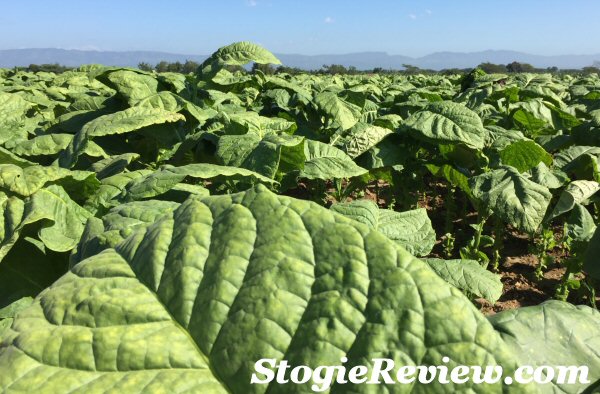
Just over two weeks ago (it seems like so much longer than that now), Ben and I spent several days touring General Cigar’s facilities in the Dominican Republic. Our first stop was the farm. It makes sense, that’s where it all begins. To kick things off, Régis Broersma, the president of General Cigar officially welcomed us on the tour, in the process introducing us to the people who would be guiding us on our journey through the Dominican world of General Cigar production.
After the initial introductions, Francisco “Don Quico” Hernandez took us on a tour of a 500-acre farm that that was established in 2004. This farm specializes in Piloto Cubano tobacco, which General Cigar uses for long filler and binder.
As you might expect, with tobacco growing, everything starts with seed selection. But one thing I don’t remember seeing before this trip was an actual tobacco seed pod. Much is said about seeds in the descriptions we read of a cigar’s pedigree, but rarely do you see the actual seeds. And even rarer is the pods the seeds come from. Each of the pods we were shown by Don Quico were said to contain about 2,500 seeds. They’re tiny, I would have believed ten times that amount were contained in each.
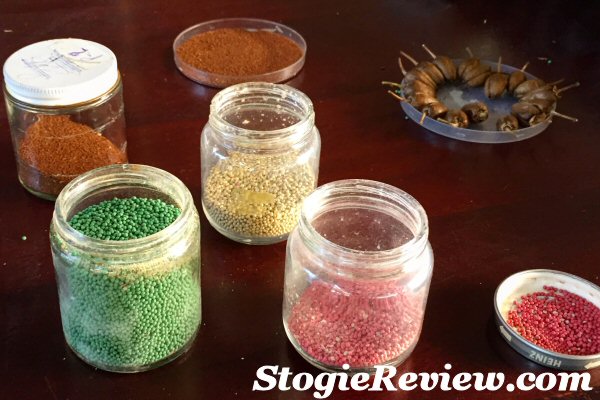
General Cigar cleans the seeds, then classifies them by size and weight. They have three grades, A, B, and C. Typically only grade A seeds are used, which are the largest and heaviest, as they have the greatest potential of production a large, strong tobacco plant.
Another thing I’ve never seen before is General Cigar’s seed “pelletization”. Their seeding machine does not handle the small tobacco seeds very well, so they use a process to increase the size of the seeds 25 times by coating it in color-coded clay. The process actually takes place in the United States, meaning every seed actually does some international travel before it gets put in the ground. (Everyone wants a little international travel before they get put in the ground, even tobacco, it turns out.)
General Cigar uses several machines, one of them custom built from a shop vac, to plant seeds in peat moss filled trays. One machine fills the planters with the moss, another distributes the seeds precisely into each spot. It seems like overkill, but the process helps them ensure no disease or pests wind up in the planters. And of course, it happens a lot faster than doing it manually, while also reducing mistakes.
After some water and about a week, the seeds will start germinating. About ten days into the process, fertilizer is applied. And then at forty days (or when the plant is between four and six inches tall), the tobacco plants are transplanted into the field. In some cases, the plants are pruned back in the greenhouse, which both encourages root system development, and allows them to delay transplanting when necessary.
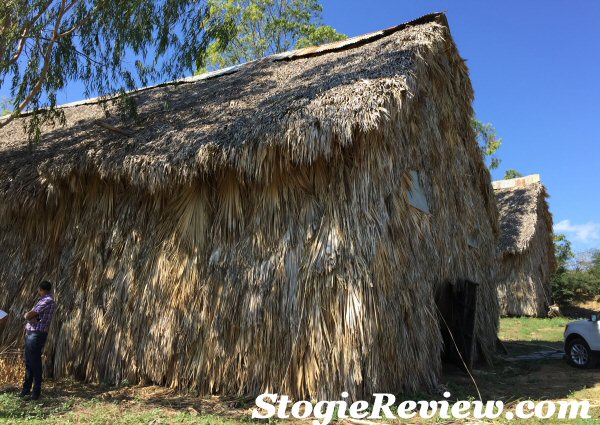
Once in the field, plants are again fertilized. The plants slated for long filler have their flowers removed when they appear, around 38 or 40 days into the growing cycle. This is a pretty standard practice, as it forces the tobacco to focus nutrients on leaf growth instead of reproduction, resulting in stronger and better leaves. Also noteworthy is that the lower “sand leaves” of each plant are removed when the plants are about knee high, and offshoot inhibitor is applied to the plants, for the same reason- stronger and thicker tobacco leaves.
Fifteen days after the flowers are pruned (just over two months into the growth cycle), tobacco priming starts, beginning with the lowest leaves and working up. The lowest three leaves are taken each week and it takes about five weeks to complete the harvest.
As the tobacco leaves come off the plant, they get tied together into bunches called hands, and are hung inside massive curing barns to dry. And after taking our obligatory pictures in the tobacco fields, we took a welcome, shaded step inside a nearby curing barn. The smell of the tobacco was amazing. Ben astutely described it as smelling like yeast and raisins- think dark Belgian ale, and you’ll be close.
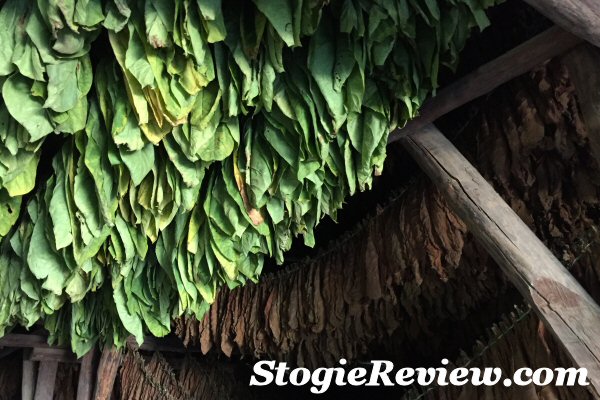
Unlike other curing barns we seen in years past, the tobacco air curing in this barn is not rotated. As we walked through the barn, we could see the leaves go from the most cured (and best smelling) to the very greenest, freshly hung leaves. The leaves spend about six weeks hanging out in the well-ventilated barn, in which time they will drop about 80 percent of their weight due loss of water. That explains why the price per pound goes up considerably through this process- you actually get more tobacco per pound after it cures. And then there’s the investment of labor and time, not to mention the later removal of the heavier vein that runs down the middle of the tobacco leaf. The final price of the tobacco leaving the barn we visited is about $7 per pound.
The 35 minute video below contains the highlights of this farm tour: Don Quico, Jhonys Diaz and Ernest Gocaj guide us through the process, seedlings (around 5:32), planting machinery (9:19), the field (17:49) and finally the huge, beautifully aromatic curing barn (24:58). Inside the barn I walk from one end to the other to get a sense of scale (29:54), and we get to see the workers hanging a line of leaves (32:13). Enjoy!

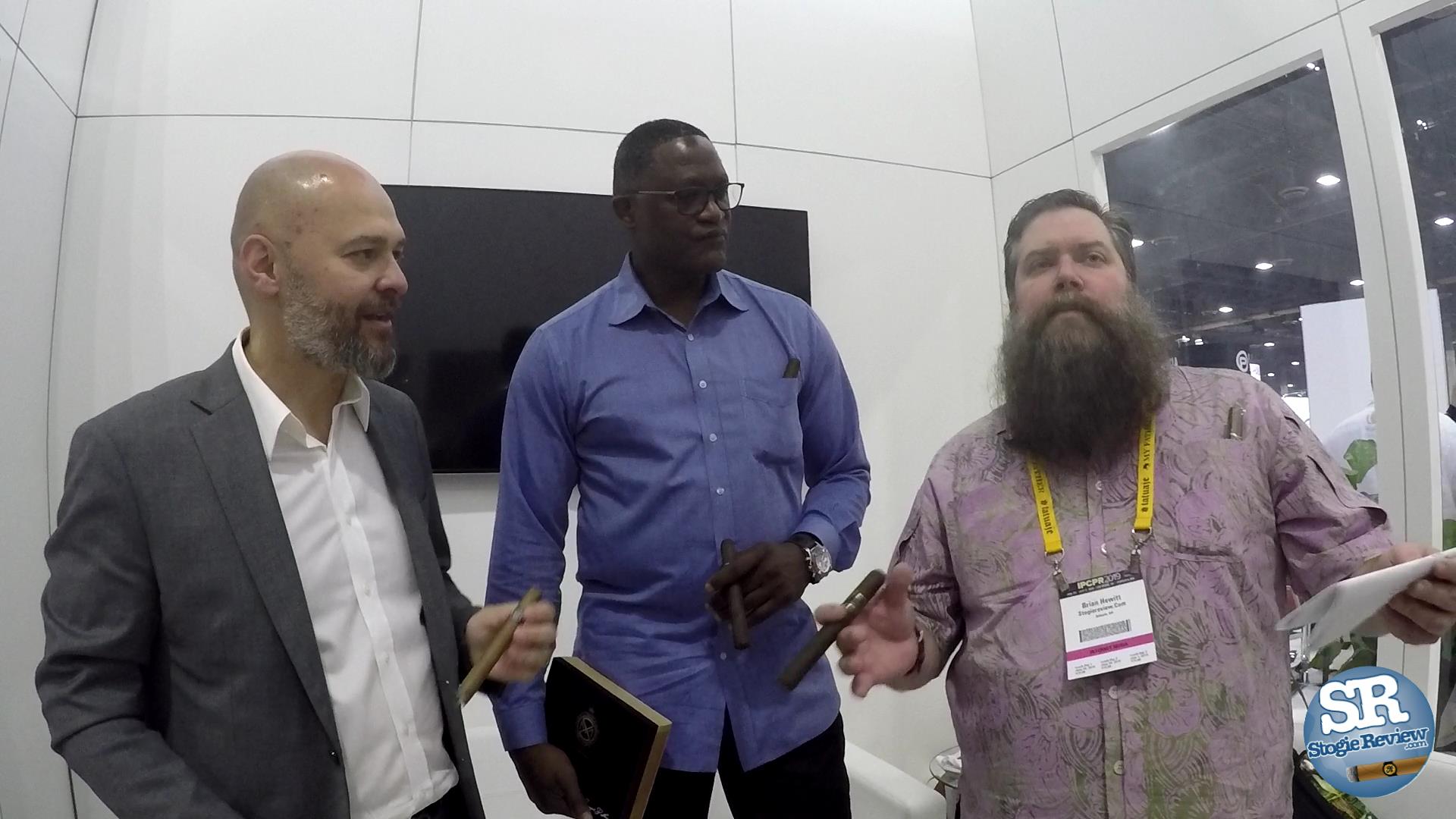

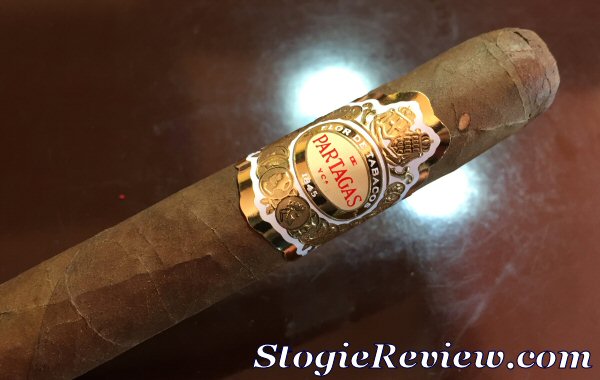
One thought on “A Trip to the Farm with General Cigar 2017”